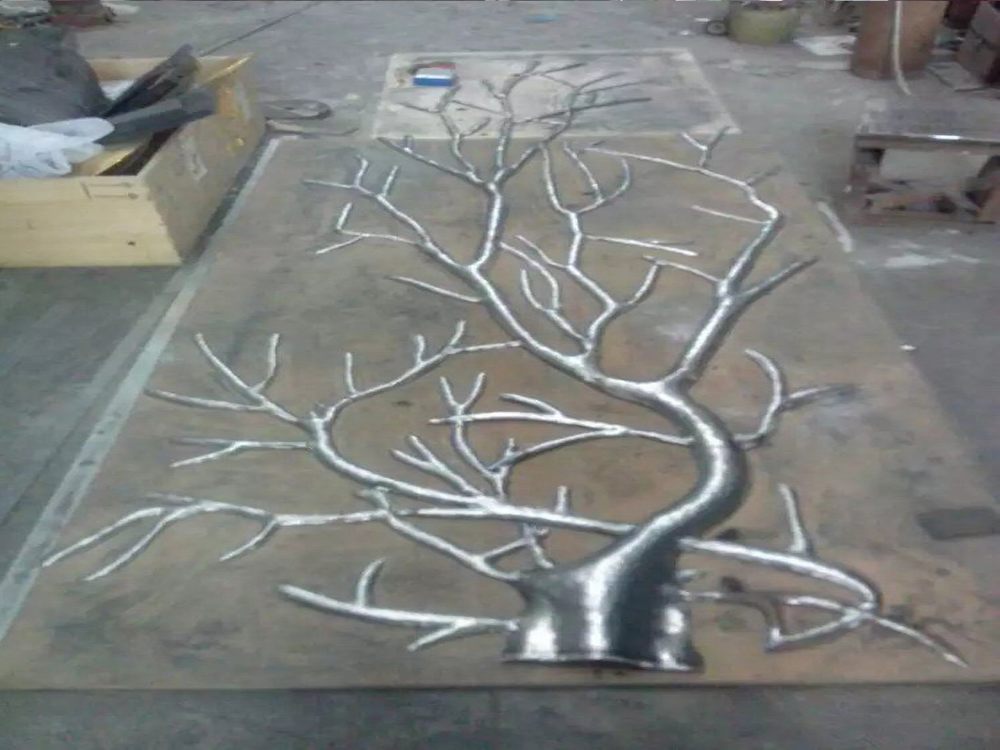
Creating visually striking metal sculptures often hinges on mastering advanced texturing and patterning techniques. Artists today employ a mix of traditional and cutting-edge methods to transform flat metal into dynamic surfaces.
1. Chemical Etching: Using acids or alkalis, artists selectively corrode metal to create intricate patterns. Ferric chloride is popular for copper and brass, while nitric acid works well on steel. This technique allows for precise, repeatable designs.
2. Electroforming: By depositing metal ions through electrolysis, sculptors build up organic, textured layers. Copper electroforming creates delicate, lace-like surfaces ideal for abstract pieces.
3. Laser Engraving: High-precision lasers vaporize metal to produce crisp lines and gradients. Modern fiber lasers can achieve 0.01mm detail, perfect for geometric patterns or photographic reproductions.
4. Heat Patination: Controlled torch work develops vibrant oxide colors—blues on steel, purples on titanium. Combining heat with quenching in oil creates dramatic crackle textures.
5. Mechanical Texturing: Pneumatic chisels, ball peen hammers, and wire brushes add dimensional marks. Some artists embed objects during forging to create fossil-like impressions.
Emerging methods include 3D-printed texture stamps and CNC-milled relief patterns. The key lies in layering techniques—for instance, laser-cutting a base pattern before hand-chasing finer details. Always prioritize proper ventilation and protective gear when working with reactive chemicals or high heat. These approaches push metal sculpture beyond static forms into tactile, light-responsive artworks.

